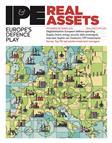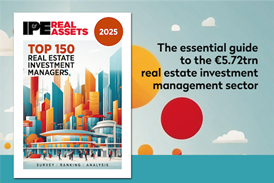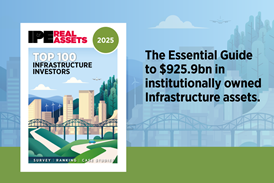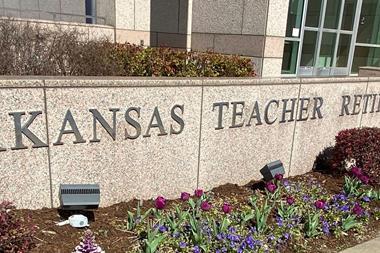Global investor confidence in infrastructure is on the rise, leading to higher target allocations, but growing concerns about geopolitical risk are leading to shifts in geographical focus – according to an annual survey.
The third Institutional Infrastructure Allocations Monitor, published by Hodes Weill & Associates and Cornell University’s Program in Infrastructure Policy, revealed that institutional investors’ target allocations to infrastructure increased for the second consecutive year, rising to 5.9%, a 40bps gain from 2024 and an 80bps increase since 2023.
While investors are still under-allocated to infrastructure, the gap between actual and target allocations has narrowed – on average, down to 100bps from 120bps in 2024.
This convergence is attributed to a “numerator effect”, where strong returns from existing infrastructure investments boosted values, even as the pace of new commitments and distributions from portfolios moderated.
According to the survey of 115 investors from 25 countries, 23% of institutions expect to increase their target allocations over the next 12 months, while only 2% indicated plans to lower targets.
Despite persistent under-allocation, the sector delivered 9.6% returns in 2024, “a rebound from lackluster levels in 2023”, the report said. But growing concerns over geopolitical risk are prompting a more measured approach to future commitments.
“Concerns about valuations and interest rates have diminished, while regulatory risk persists, highlighting the growing impact of global political dynamics on infrastructure strategies,” it said.
Geopolitical risk emerged as the leading concern among investors, cited by 41% of the institutions in 2025, up from 9% in 2024.
Matt Hershey, partner at Hodes Weill, said: “The survey was conducted amid a rapidly evolving geopolitical landscape. Notably, institutions are expressing a high level of concern about geopolitical volatility and its impact on investment objectives and intentions.
“Despite this, conviction remains positive, with continued confidence in infrastructure’s ability to deliver reliable, inflation-protected returns – reinforcing its role as a strategic portfolio allocation.”
Canadians and Europeans pull back from the US
The survey also revealed a shift in geographical focus, with 32% of investors expecting to increase allocations to Europe over the next 12 months and 25% anticipating an increase to North America. It marks a reversal of last year’s findings, when North America was most favoured.
“While US-based institutions remain committed to growing their portfolios domestically, Canadian and European investors have pulled back significantly from the US, with clear messaging about concerns regarding geopolitical risk.”
According to the report, a Canadian public pension plan said: “We are trying to make sense of the ever-changing tariff policy from the US administration and its implications for the US and the world as a whole.”
Rick Geddes, founder and academic director of Cornell University’s Program in Infrastructure Policy, said the survey was “a major contribution that will benefit academics and practitioners alike”.
He added: “Now in its third year, and more comprehensive than ever, it provides a window into institutional investing that all scholars of infrastructure will find indispensable.”
The survey’s participants represent a combined $10.6trn (€9.1trn) in assets, with approximately $520bn invested in infrastructure.
To read the latest IPE Real Assets magazine click here.






















